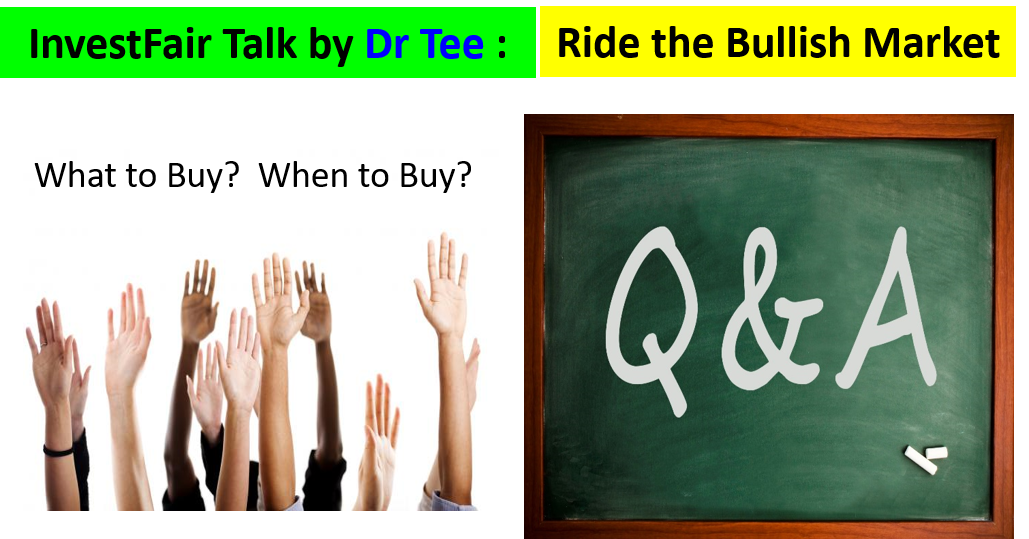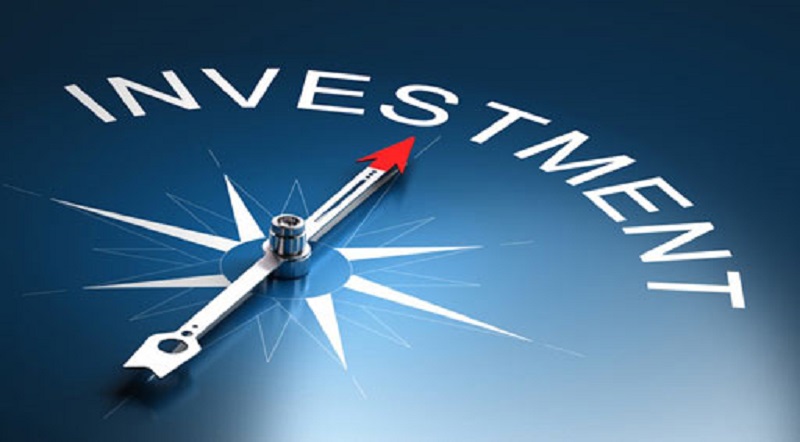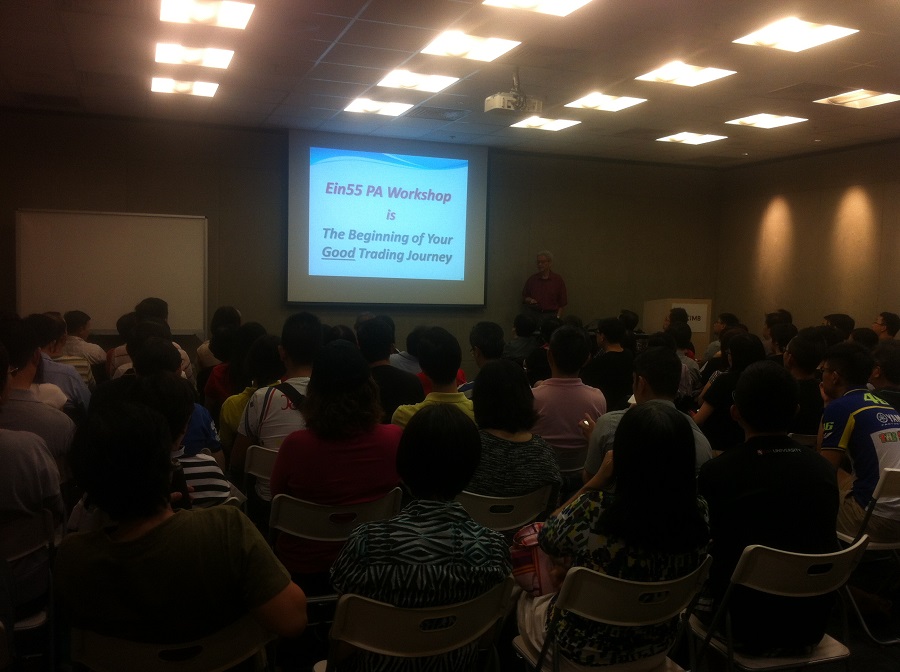
Property stocks have been getting more bullish in Singapore while the actual properties are still stagnant. Property usually is for longer term investing, an investor could collect the property rental which is similar to dividends for stock market, collecting passive incomes during holding period, eventually selling at high for capital gains as active incomes. We may apply 4 powerful weapons of analysis (Optimism + FA + TA + PA) to bridge between property and stock markets, benefiting from both investment markets at the same time.
1) Optimism
An investor will have high reward to risk ratio if buying properties or stocks at low optimism. Following economic cycles to buy low sell high is an ideal way to make money from trading stocks or real properties but with more patience of 5-10 years. Since the last peak of stocks in properties and stocks in year 2007, the next golden opportunity for investing is emerging but one must truly understand the property and stock market cycles to profit from this rare opportunity. Currently, both Singapore stock and property markets are close to 50% Optimism but US stock and property markets are at moderate high optimism, risk of global financial crisis is getting higher each day.
2) FA (Fundamental Analysis)
Quality of stocks depend on the business, it is crucial to consider only stocks with strong fundamentals. Quality of properties (including class, location, structure, design, etc) varies for each unit, we could have grade-A commercial property, we may also have rundown private properties or even bankrupt properties. Property is different from stock because by default, property is a giant, the land and house has a minimum asset value, just depends on how much price to pay as an exchange. Most property investors could make money even buying at high, as long as they could hold longer term than 10 years to overcome the market cycles. However, for stocks, long term investors do not guarantee success because the stock prices of a weak business could fall lower with time and eventually go bankrupt.
3) TA (Technical Analysis)
TA is frequently applied in stocks, also useful for properties but at a longer term time scale, following the trends of prices, uptrend to go in, downtrend to exit. Trend following strategy is suitable for most investors, both stocks and properties, integrating trading into investing. Some property and stocks investors could apply counter trend strategy if they could have strong mind control to buy low and able to hold through the winter period, collecting the property rental or stock dividends as passive incomes during holding period, waiting for the recovery of prices for capital gains as active incomes.
4) PA (Personal Analysis)
A smart investor would use Level 3 (country) or Level 4 (world) financial crisis to correct down the property prices, about at the same time for stock prices. The same investor may invest in properties and also stocks, therefore the greed and fear could affect both markets at the same time. Property market is usually about 3-6 months behind the stock market in a market cycle due to less efficient market, transacted prices of properties are only known after a few months later, unlike stock prices are known almost instantly. The best low Optimism opportunity for entry, is created by the market fear while the strong business and property are still making money consistently, share prices drop significantly. Market fear-driven (Level 3 & 4) investing opportunity is far better than individual stock or property crisis at Level 1, which share prices drop due to mainly weaker fundamental.
———————————————-
These 4 powerful investing weapons of (Optimism + FA + TA + PA) are only ‘Methods“. We still need to overcome our emotions to take the actions at the right time with “Mind Control”, as well as proper allocation of funds (cash, stock, property, etc) with “Money Management”. These are the complete 3M investing approach, applicable for both properties and stocks.










